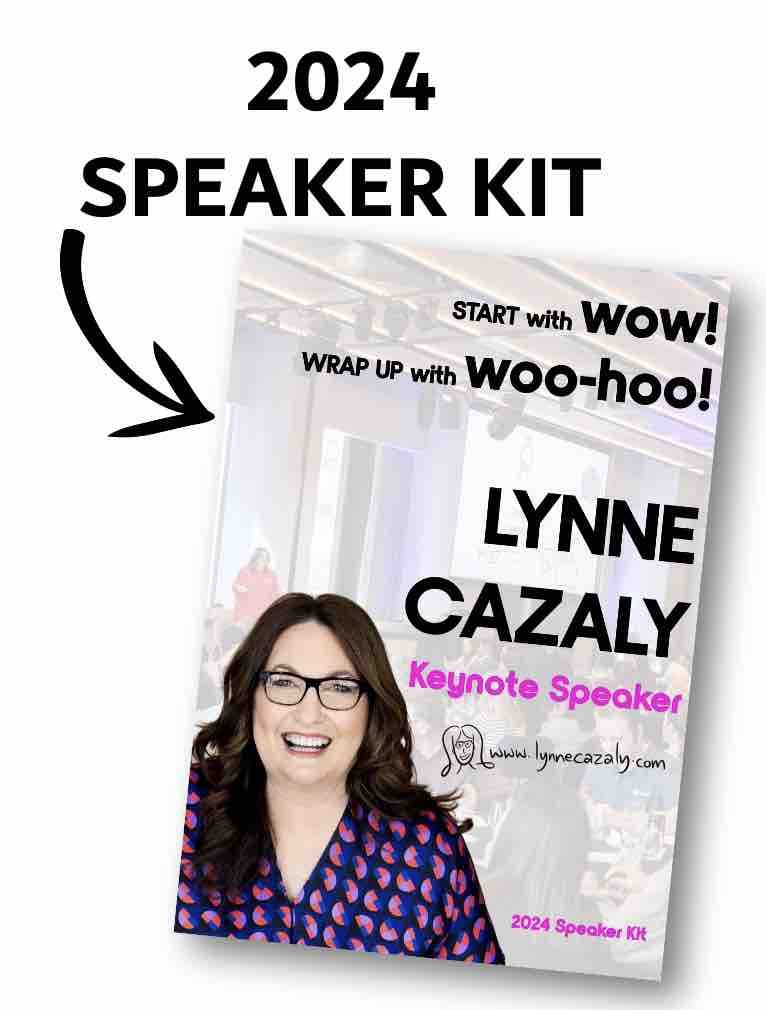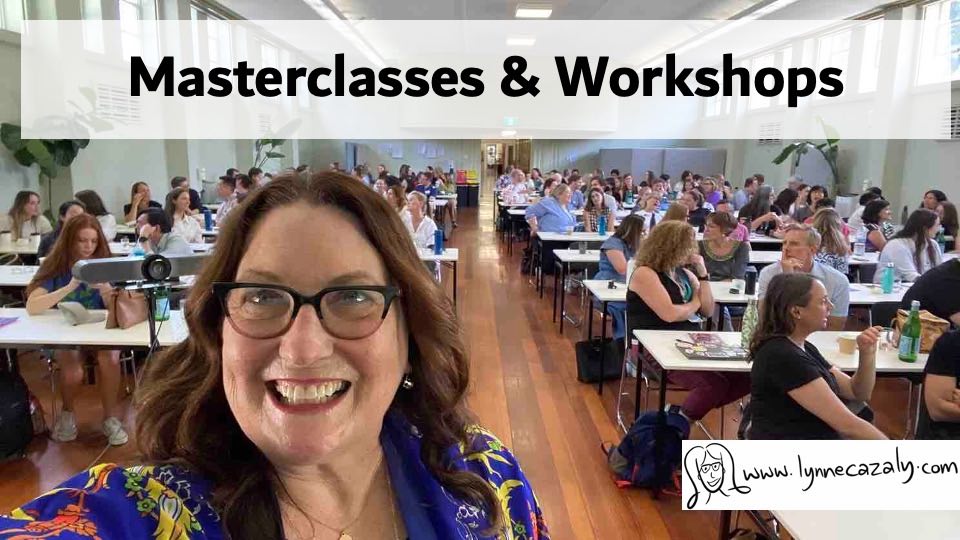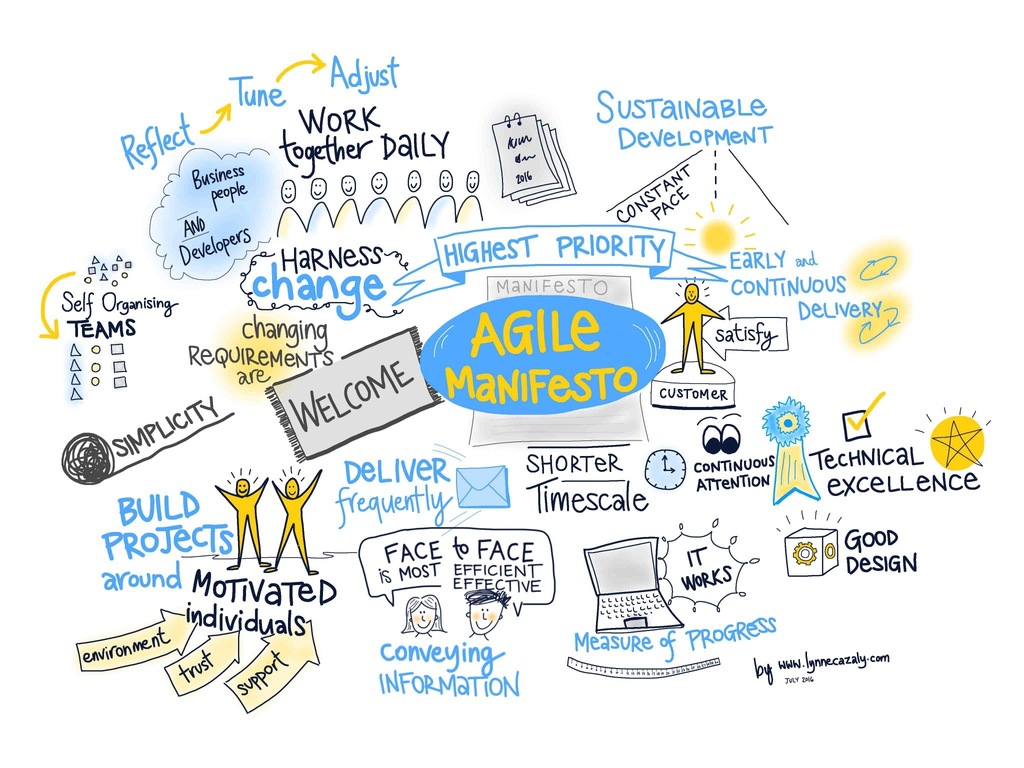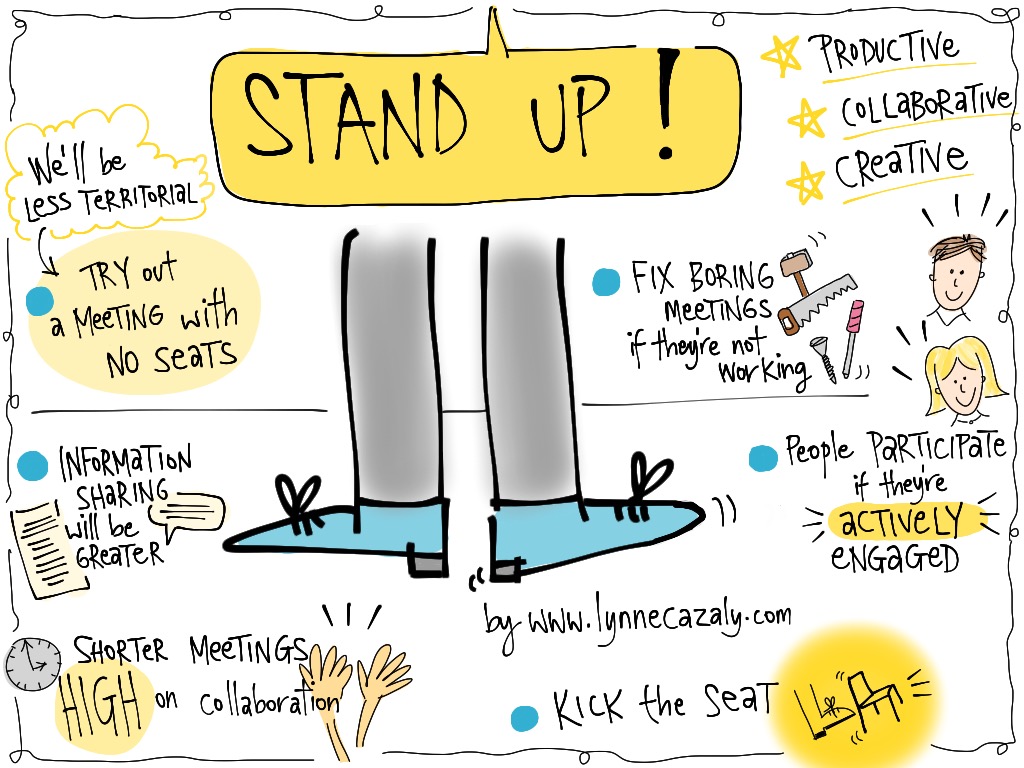Planning is a waste. Spur of the moment is often good enough.
 Wednesday, February 8, 2017 at 4:53PM
Wednesday, February 8, 2017 at 4:53PM ‘The way to get started is to quit talking and begin doing.’ - Walt Disney
There’s a message here from the Director of Your Life; don’t wait for the script to arrive. Get on with it.
Everyday life is the biggest improvisation of all. No script. No rehearsal. Get straight out onto the stage of life and start performing!
Ray Bradbury, the science fiction, horror and fantasy writer, said, ‘First you jump off the cliff and you build your wings on the way down’. And although some believe the quote attributable to Kurt Vonnegut, another equally interesting and creative author, the message is the same: leap and the net will appear, you will adapt, you’ll work it out and you’ll be moving!
Spur of the moment is often good enough
For many planners, strategists and forward thinking folks, planning is a part of their everyday life. They plan their morning; they plan their lunch; they plan their afternoon; and they plan family holidays, expeditions and adventures. But to deal with the volatile, uncertain, complex and ambiguous life which is how the world is now operating, to plan can sometimes be too slow.
Start before you're ready
How about the idea of starting before you're ready and making things up as we go along?
I joke with friends and family that there are some cities and towns in the world, that if I had the opportunity to visit them again, you could take me to the airport right now. With nothing more than my phone with a payment app + my passport in my back pocket, I would work it all out as I went.
That idea can freak some people out. But I really would be willing to do that.
Starting before you're ready is a response based on a theory around improvisation. Step into a community or public theatre in almost any city around the world and you will be able to discover the talents and prowess of improvisers. They step onto stages, performing for paying public and they are able to create and deliver an incredible performance almost every time.
At the end of an improvised show, many theatergoers ask, ‘can we come back tomorrow night and see this performance again?’ Some audiences don’t realise that the show they just saw was fully improvised. Perhaps, a suggestion was given from someone in the audience to start a scene for the performance. Perhaps, one of the performers has added their own ideas. In fact, this is what improvisation is. It’s cutting loose your censor and setting free the inhibitions in your mind to deliver creativity.
When I first learned the skills of improvisation with Impro Melbourne and was encouraged to step onto the stage as a performer, I always felt that I needed to rehearse a bit more or prepare in my mind what I was going to do or take some notes. Just as improvisers step onto a stage without a script -- so must we in workplaces today.
The idea that we can start before we are ready, gives us permission to just have a go, to not have a plan, to not have a script, to not have a structure and to not have any clue where this might go!
What?! This can be terrifying for those who like to plan, for those who like certainty, for those who like unambiguous situations and for those who like to keep it all under control, known, certain and sorted. Trying to keep it all steady and calm. This is a little different to the volatility, uncertainty, complexity, and ambiguity that are now in full swing in most industries across the globe.
If you are 80% ready to go, then go.
Start before you're ready says don't worry about planning... well, not fully anyway. Not down to the final point.
If you are 80% ready to go, then go.
If you are 40% ready to go, then go with something.
If you are 20% ready to go, then go with that.
If you continue to plan out every single step of your idea, of your business opportunity, of your entrepreneurial thoughts or of your team's actions, your capacity to respond to that uncertainty and those changes are minimized. By the time you've finished planning, the landscape has changed! To be able to start at anytime - particularly before you're ready - gives you the opportunity to respond, to adapt, to be agile and to be flexible.
Over the longer term starting before you're ready helps reduce your inhibitions, your structures, your limitations and your beliefs about what can be possible, what you can create and what you can do.
Get momentum and get something 'out there'
And for the procrastinators among us (yes, me too), starting before you're ready is a very cool way to get some momentum, to get something 'out there' and get over your need for it to be finished, perfect or better before you put it out there.
Have a crack. Try it out. Start before you're ready and then document what happens. You could be on to something truly life changing for you and those you impact with your thinking, creativity and work.
Improvisation maestro and master, guru and god, Keith Johnstone suggests that spur of the moment thoughts and actions are as good -- or better -- than the ones we try too hard at.
Stop trying so hard.

















